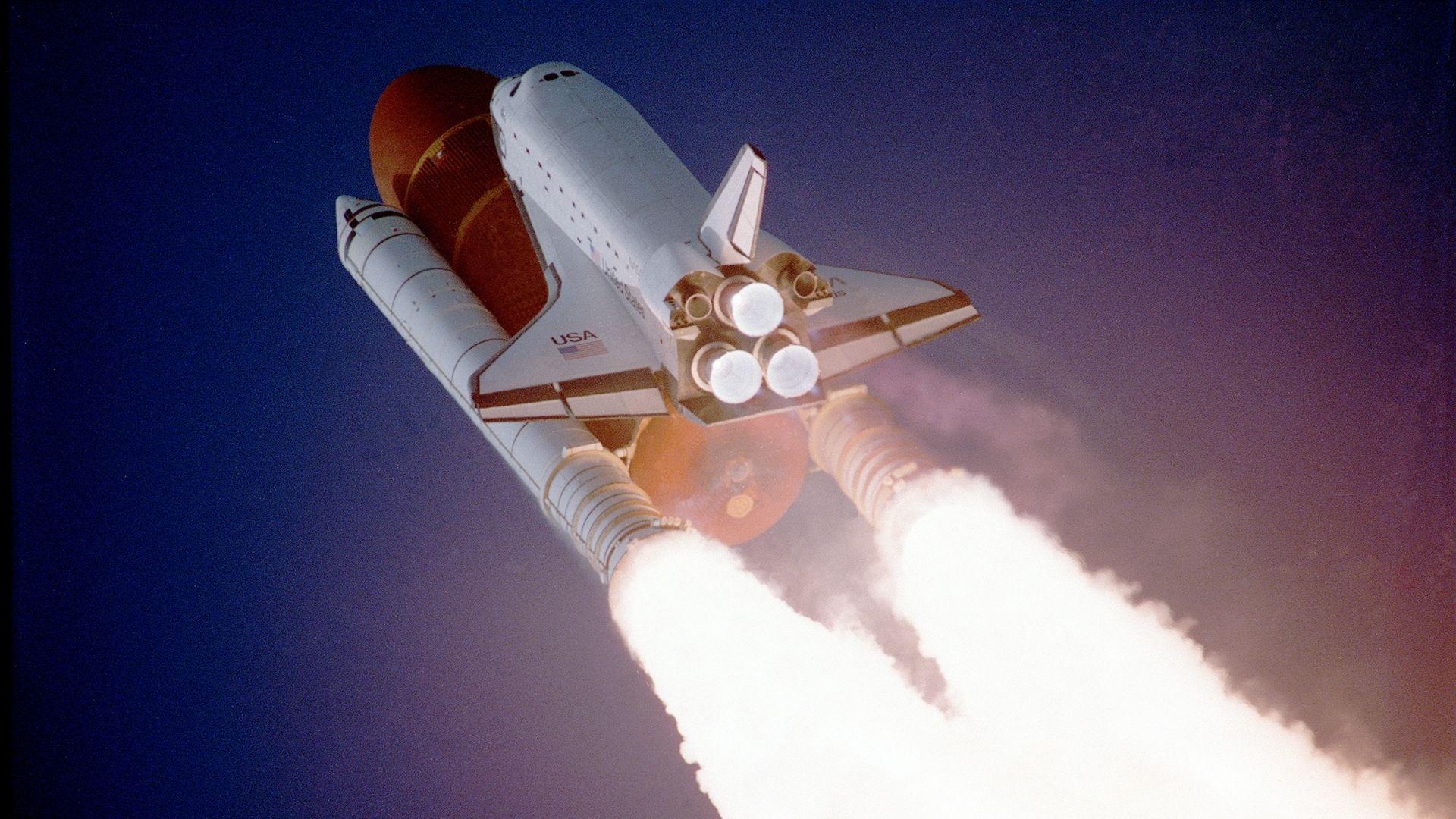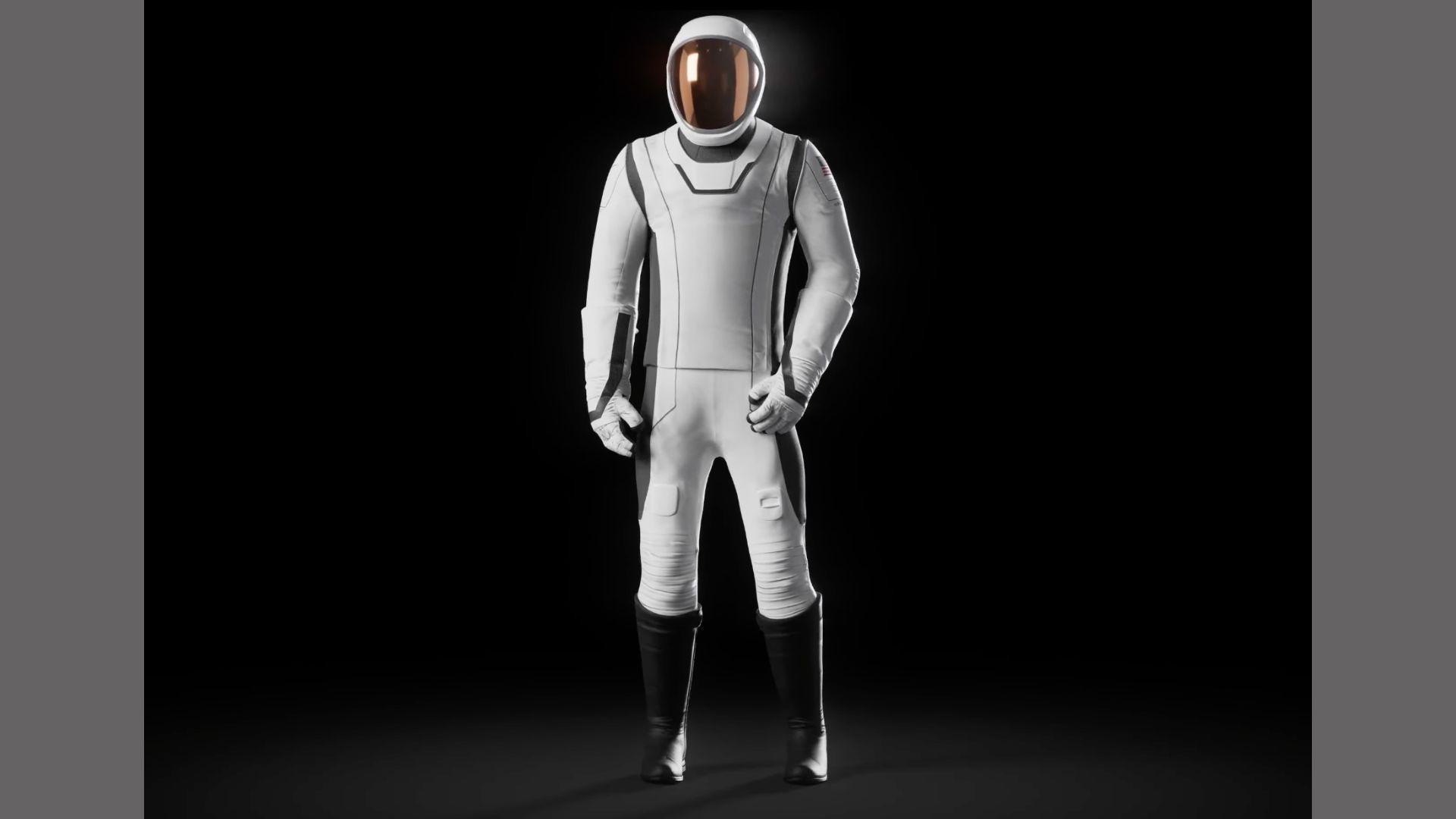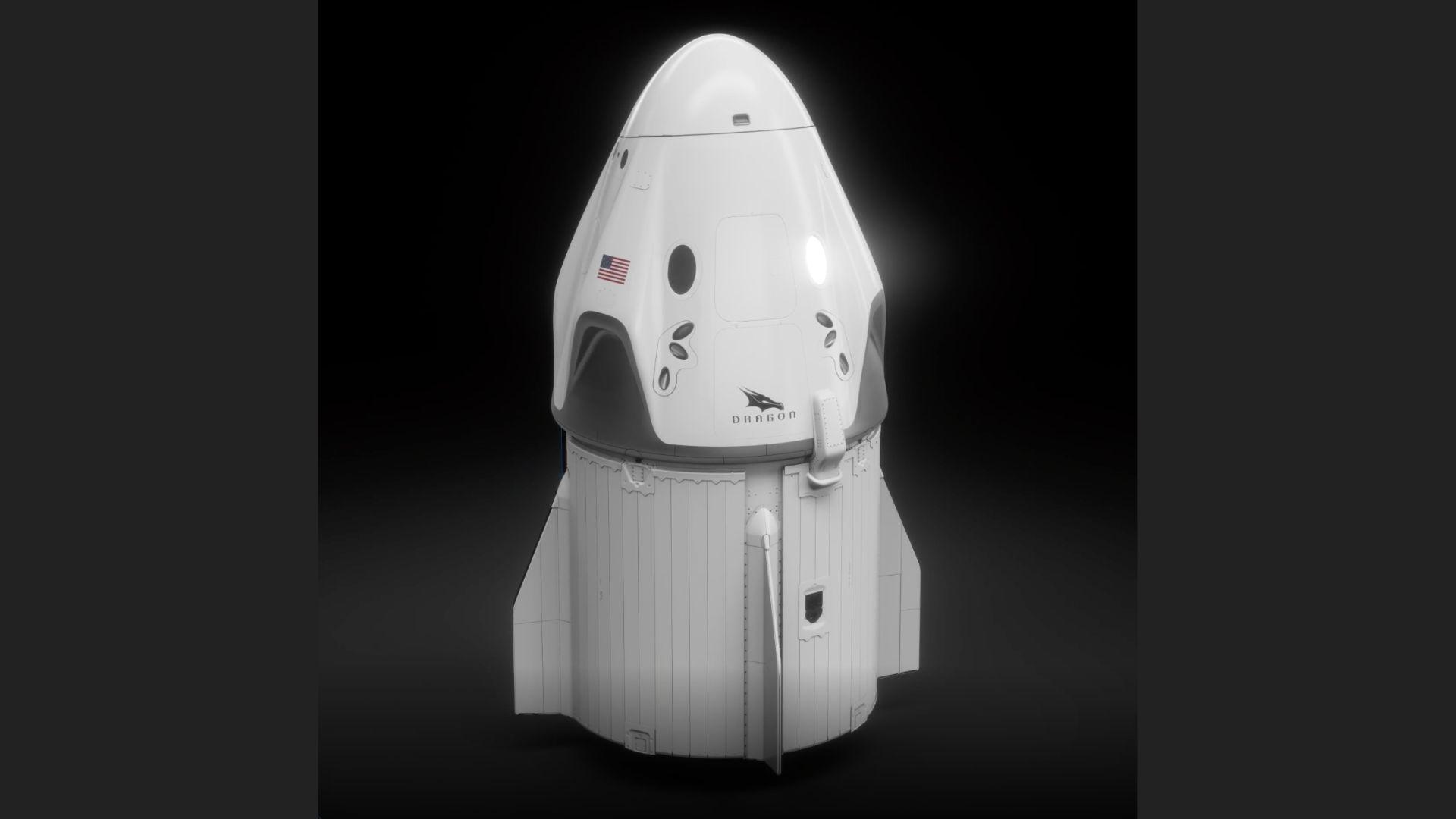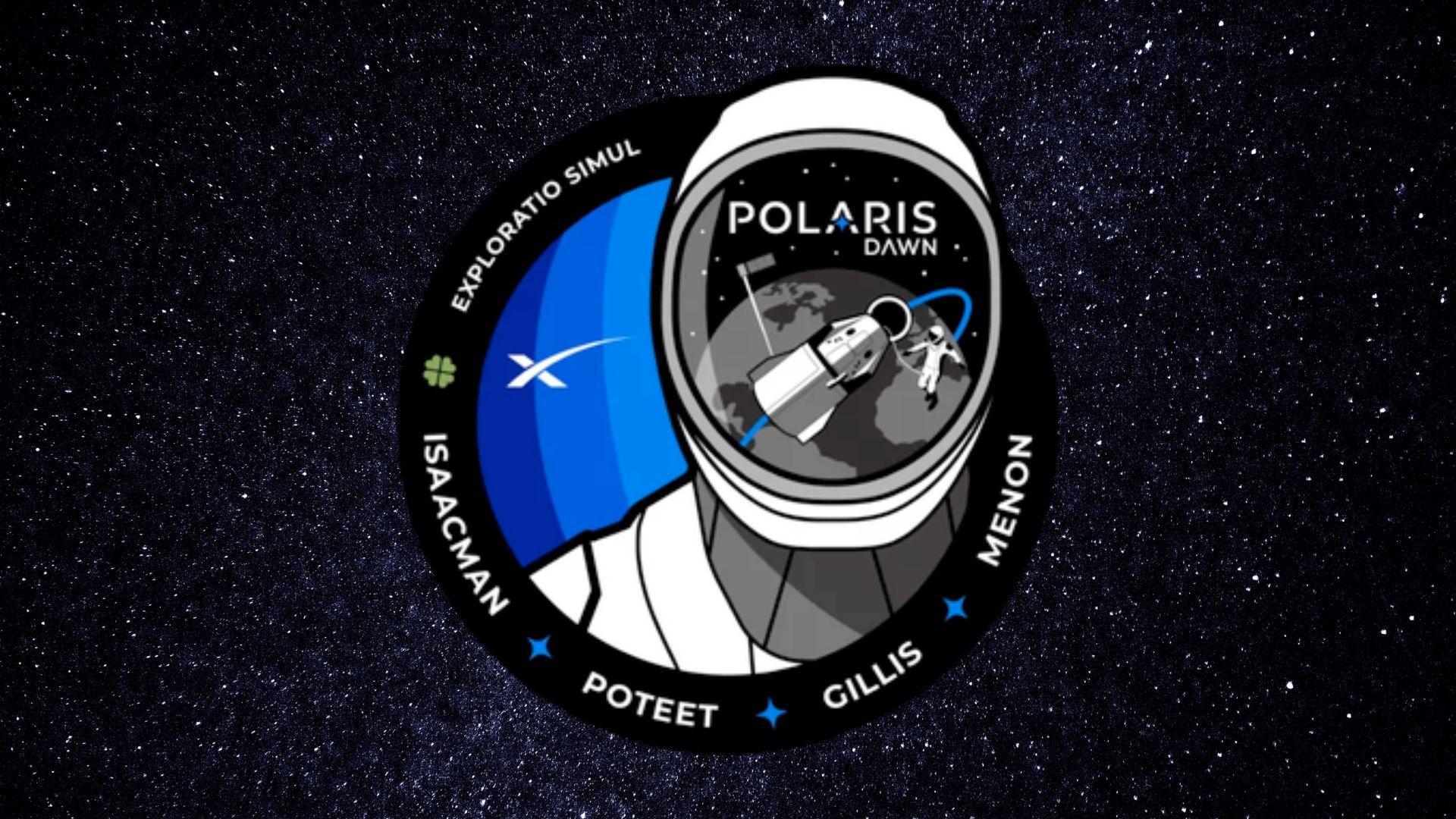In 2021, billionaire Jared Isaacman self-funded a mission to orbit Earth, which was presented as a fundraiser for childhood cancer. This marked a dramatic entry into private space tourism. The four-person crew, made up of diverse individuals with no prior spaceflight experience, spent three days orbiting Earth in a SpaceX Crew Dragon capsule.
After returning to Earth, Isaacman believed it would be his last trip to space. “We kind of checked every one of the boxes we set out to achieve,” he said, and thought, “maybe the bar was set sufficiently high that this was a good time to stop.” However, that decision didn’t last.
Polaris Dawn

On Monday, Isaacman and his three crewmates arrived at Kennedy Space Center in Florida to prepare for the launch of an extremely dangerous and experimental trip to space. The mission is called Polaris Dawn and will be taking off no earlier than 3:30 AM ET on August 26th, 2024.
The crew includes Isaacman’s close friend (and former Air Force pilot) Scott “Kidd” Poteet and two SpaceX engineers, Sarah Gillis, and Anna Menon. This space mission is not just a joyride for the wealthy, but has been described as “a test mission designed to push boundaries.”
A Dangerous Plan

Isaacman, Menon, Gillis, and Poteet will spend five days on a state-of-the-art SpaceX Crew Dragon capsule. The capsule is planned to travel to the highest altitudes experienced by humans since NASA’s Apollo program ended in the 1970s.
Aside from the always-treacherous plan to travel to space, the Polaris Dawn will experience a perilous radiation belt and will also open their spacecraft into the vacuum of space. This is the first spacewalk that has been attempted by non-government astronauts.
Advancing Space Travel Technology

Isaacman has made it clear that he does not want to just replicate what professional astronauts have previously accomplished. Instead, he desires to advance space travel technology.
Garrett Reisman, a former NASA astronaut who serves as a SpaceX consultant and also led the development of Crew Dragon, explained, “What Jared is doing — he’s not just going for a joyride… Jared [wants] do things that SpaceX wasn’t necessarily doing on its own, to increase their capabilities, to get them to move the ball further downfield.”
The Polaris Project

The Polaris Dawn mission was first announced in 2022. It is the first of three development missions under the Polaris Program. Isaacman will execute and fund the Polaris Project alongside SpaceX. He declined to admit how much this mission will cost.
The Polaris Program’s end goal is to take the first steps toward solidifying technology that SpaceX will need one day if it sends humans on more complicated space missions. These technologies include spacesuits, EVA, and life-support technologies.
Radiation Dangers

The Polaris Dawn spacecraft will travel into an oval-shaped orbit that goes as high as 870 miles (1,400 kilometers) above Earth. This is within the inner band of Earth’s Van Allen radiation belts. These dangerous radiation belts begin at about 600 miles (1,000 kilometers) in altitude.
According to NASA, the belts are areas of space where concentrations of high-energy particles (from the sun) interact with Earth’s atmosphere and are trapped. This creates two dangerous bands of radiation.
The Pre-Breathing Plan

After reaching space, the Polaris Dawn crew will begin a “pre-breathe” process to prepare for their unprecedented spacewalk. In this process, the crewmates will purge the nitrogen from their blood so that when the Dragon Capsule is depressurized and exposed to the vacuum of space, there will be no nitrogen bubbles in their bloodstream.
The International Space Station has what are called “airlocks.” These are special decompression chambers for astronauts to prepare before heading out for a spacewalk. Gillis explained that Polaris Dawn will instead take “a really novel and different approach” to the pre-breathing process that involves “slowly decreasing cabin pressure and raising oxygen concentration.”
A Risky (but Possibly Rewarding) Spacewalk

The pre-breathe process will take roughly 45 hours. On the crew’s third day in space, Isaacman and Gillis will exit the spacecraft, tethered. The entirety of the craft’s interior, including the other two astronauts, will be exposed to space.
SpaceX missions have previously transported paying customers to the International Space Station. The ISS orbits at about 250 miles (400 kilometers) above Earth. The Polaris Dawn is far more risky for the crew than these other orbital space tourism missions.
SpaceX Suits

SpaceX developed high-tech spacesuits specifically for this mission. NASA has tried for years to create a viable replacement for the spacesuits currently used on the International Space Station, but has SpaceX discovered a solution?
Reisman notes that the SpaceX suits do not include a Primary Life Support System (PLSS). A PLSS is essentially a backpack that enables ISS astronauts to maneuver more freely in space, allowing them to perform intricate tasks like repairing and replacing hardware outside the space station. The Polaris Dawn crew will instead receive any necessary life support from long hoses attached to their spacecraft.
The Crew Dragon Spacecraft

To ensure that the spacecraft’s avionics—electronic systems used for navigation and communication—could withstand the intense radiation environment experienced during the Polaris Dawn mission, engineers “literally strapped a lot of the avionics to a gurney and brought it to an oncology lab,” Isaacman said.
According to Menon—a lead space operations engineer at SpaceX who will also serve as the crew’s medical officer—after the Crew Dragon spacecraft is exposed to the vacuum of space, some materials used in its components may naturally release toxins. To avoid these toxins, the Crew Dragon and “a lot of the pieces of hardware that are flying in the vehicle went through basically a bake-out before we will ever go into space. What that does is it off-gasses a lot of those toxins,” Menon explained. Additionally, SpaceX implemented automatic rebooting software, which is theoretically able to troubleshoot computers that might malfunction due to radiation.
Significant Risks

The Polaris Dawn mission was put together in less than three years. This is incredibly, concerningly fast by aerospace standards. “Going faster is not necessarily more risky,” Reisman explained, but “you should be nervous about [this mission].”
He continued, “Anytime you try something for the first time there are significant risks. I’ll feel much better when they are back inside with the hatch closed and latched” after the spacewalk. Isaacman added, “Sure, there is more risk in a development program than going to and from the International Space Station—but not a lot more risk… And some [risks] are just frankly unavoidable.”
A History-Making Mission

Despite the numerous risks, the Polaris Dawn crew has no hesitation about embarking on such an experimental and dangerous mission. Gillis and Menon both mentioned that their years of experience working at SpaceX—particularly on the Crew Dragon program—provide them with a deep understanding of the company’s problem-solving approach, which offers them an added sense of reassurance.
“I have absolutely zero reservations,” Poteet explained. “I have full faith and confidence that they’ve crossed every ‘t’ and dotted every ‘i’ in preparation for our mission.” We can only hope for the best for these amateur astronauts.

